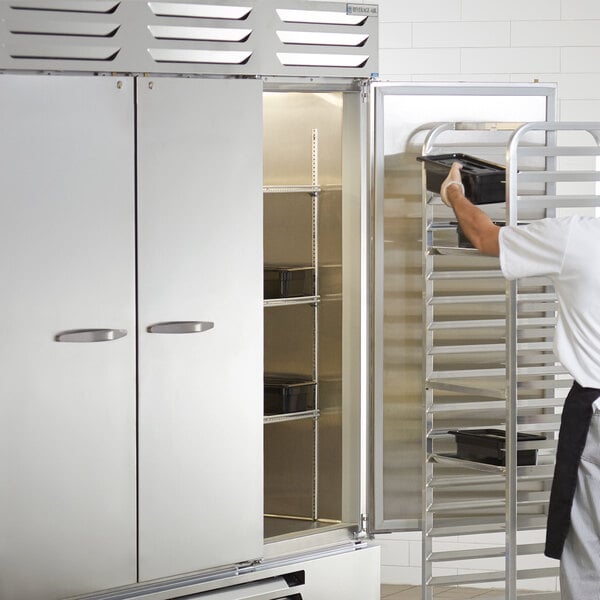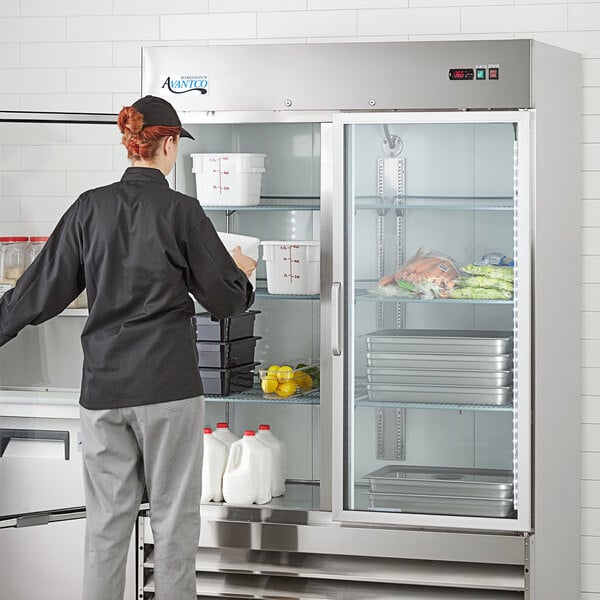Commercial Fridge Types
Posted by VALERIE DESOYO

Commercial Fridge Types
Commercial Fridges comes in all shapes, sizes, and uses. From little quick-access upright fridge, prep table, display fridge, backbar cooler, undercounter fridge, beer dispenser, blast chillers, to cake display, there is a refrigeration solution for every business's needs. Be sure to understand what your particular set of needs and expectations are before deciding on which type of commercial fridge is right for you.
Door Type
When choosing the type of doors you want on your commercial fridge, be sure to consider the location of entrances, doorways, and other equipment, as well as how wide the aisles are in your kitchen. Here are three type of doors, and some key points to consider before making your decision.
- Swing Doors
Inventory loading and unloading are made simpler by the stay open function. Viewing every item in the unit is made simpler

- Half Doors
The traditional swing door is divided into two halves. Conserves energy and promotes internal temperatures that are more constant.

Door Material
Solid Door
- Easier to clean than glass
- More insulation than glass
- Superior energy efficiency
- Lose product visibility

Glass Door
- Better visibility prior to opening the door
- Reduced opening retains more cold air
- Less insulation than solid door
- Requires more frequent cleaning

Installation Considerations
Beyond the actual features of the commercial fridge or freezer you plan to purchase, you also need to consider where and how you will install the unit.
- Measure door frames and hallways. Prior to purchasing the unit, measure the length and width of any door frames and hallways the unit will be going through to establish a plan for how you will get the unit into the room.
- Ensure the room you are installing the unit in is well ventilated. Most manufacturer's specification sheets or manuals will lay out any clearance guidelines for the back and sides of the unit. Not adhering to these guidelines can result in inefficient operation and service calls. You should also avoid installing units in exceptionally humid or dusty areas because these conditions can cause the unit to rust or the condenser coil to malfunction.
- Install the unit on a level surface. Once you have the unit in a well-ventilated room, install it on a level surface away from heat and moisture-generating equipment. Operating a reach-in in high ambient temperatures may cause the unit to breakdown, and in many cases, it will void the warranty.
- Ensure it has the proper power supply. As far as electrical concerns during installation, a reach-in refrigerator or freezer should be supplied by the right voltage according to the manufacturer's literature, and it should have its own dedicated electrical circuit. Refer to your equipment manual for best practices and any special considerations for your particular unit.
T : 1300 885 693
E : info@ozcoolers.com.au
W : www.ozcoolers.com.au
